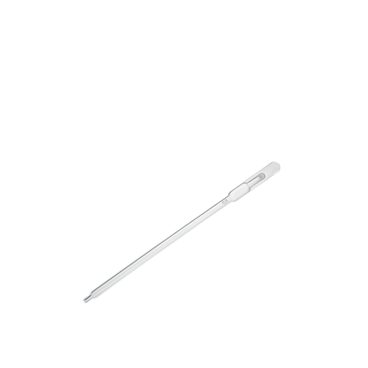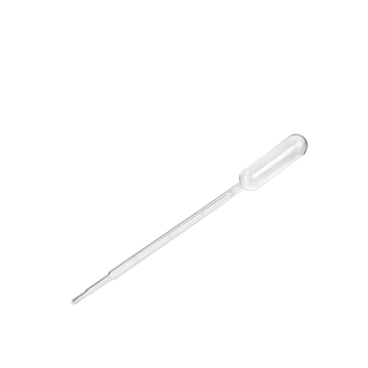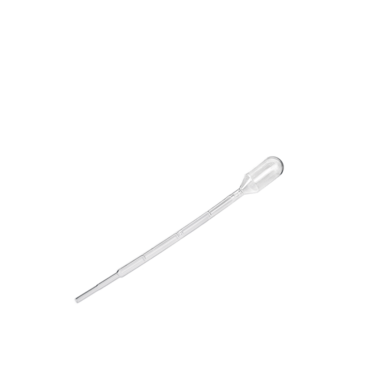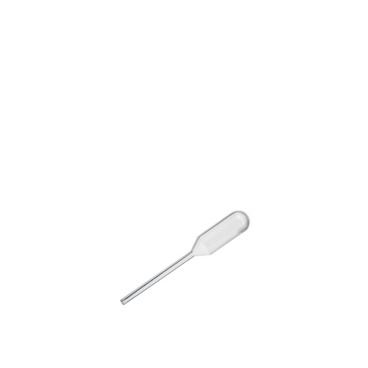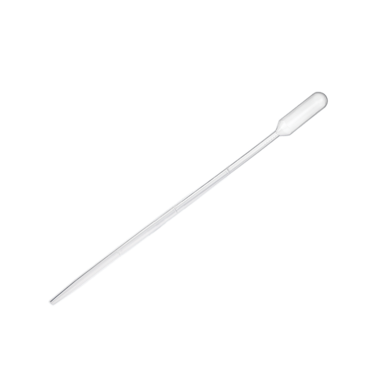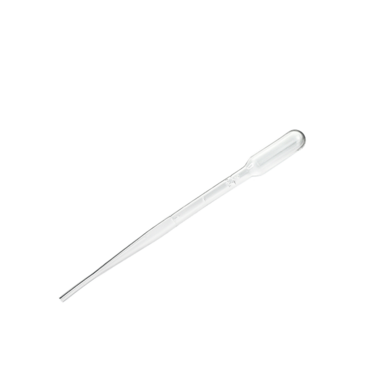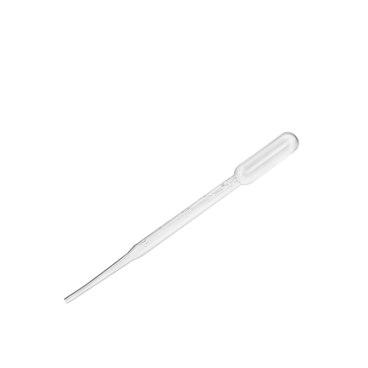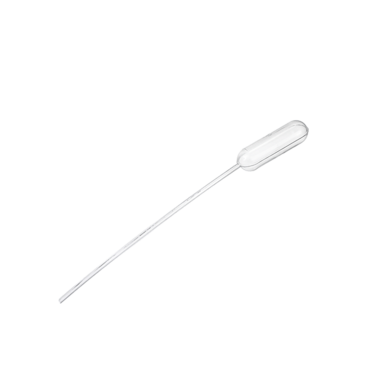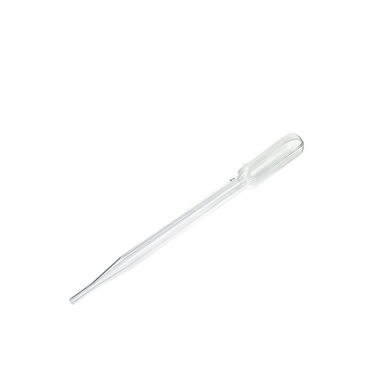Pipettes

Measuring pipette
- Made of polypropylene, calibrated to ‘Ex’ with high-contrast black graduation
- Highly translucent, making it a good alternative to glass laboratory pipettes
- Certified according to DIN EN ISO 9001:2008
Volumetric pipette
- Made of polypropylene, calibrated to ‘Ex’
- High-contrast black graduation
- Very good translucency, serving as a viable alternative to glass laboratory pipettes
- Certified according to DIN EN ISO 9001:2008
Disposable Pasteur pipettes
- Made of transparent high-density polyethylene (HDPE)
- Inert to biological liquids, most acids, and many solvents
- Soft, elastic aspirating bulb for safe liquid aspiration and dispensing
- Disposable use prevents cross-contamination
The pipettes are food-safe in accordance with Regulation (EC) No. 10/2011.

Graduated pipette
- Equipped with a volume scale, ideal for versatile use
- Suitable for hobbyists, schools, households, winemakers, and wet chemistry professionals
Volumetric pipette
- Features a single calibration mark, offering higher accuracy but less flexibility compared to graduated pipettes
Pasteur pipettes
- Designed for drop-by-drop dosing
- Dosing is facilitated by a rubber suction bulb

Pipettes are essential in laboratories for precise liquid dispensing.
Working with a pipette:
To drain liquid, hold the pipette vertically against the receiving vessel wall, which should be angled. After draining, observe a 15-second wait time. Wipe the pipette tip against the vessel wall. Pipettes are calibrated to drain, and the remaining liquid in the tip is factored into the volume measurement. This liquid should never be blown out, as it may alter the volume under thermal stress. Clean using low-alkalinity detergents and air-dry.
Peleus ball
Pipettes are elongated glass tubes with pointed ends, marked with rings to measure specific liquid volumes. They are calibrated for discharge (Ex). The Peleus ball, a pipetting aid, was invented by Friedrich Pels Leusden of the University of Kiel's Institute of Hygiene. It features three valves:
A - Air release valve
B - Aspiration valve
E - Emptying valve
To aspirate liquids, follow these steps:
- With the pipette inserted, open valve ‘A’ and squeeze the ball
- Dip the pipette into the liquid and press valve ‘B’ to aspirate liquid to the desired mark
- Press valve ‘E’ to empty the pipette
